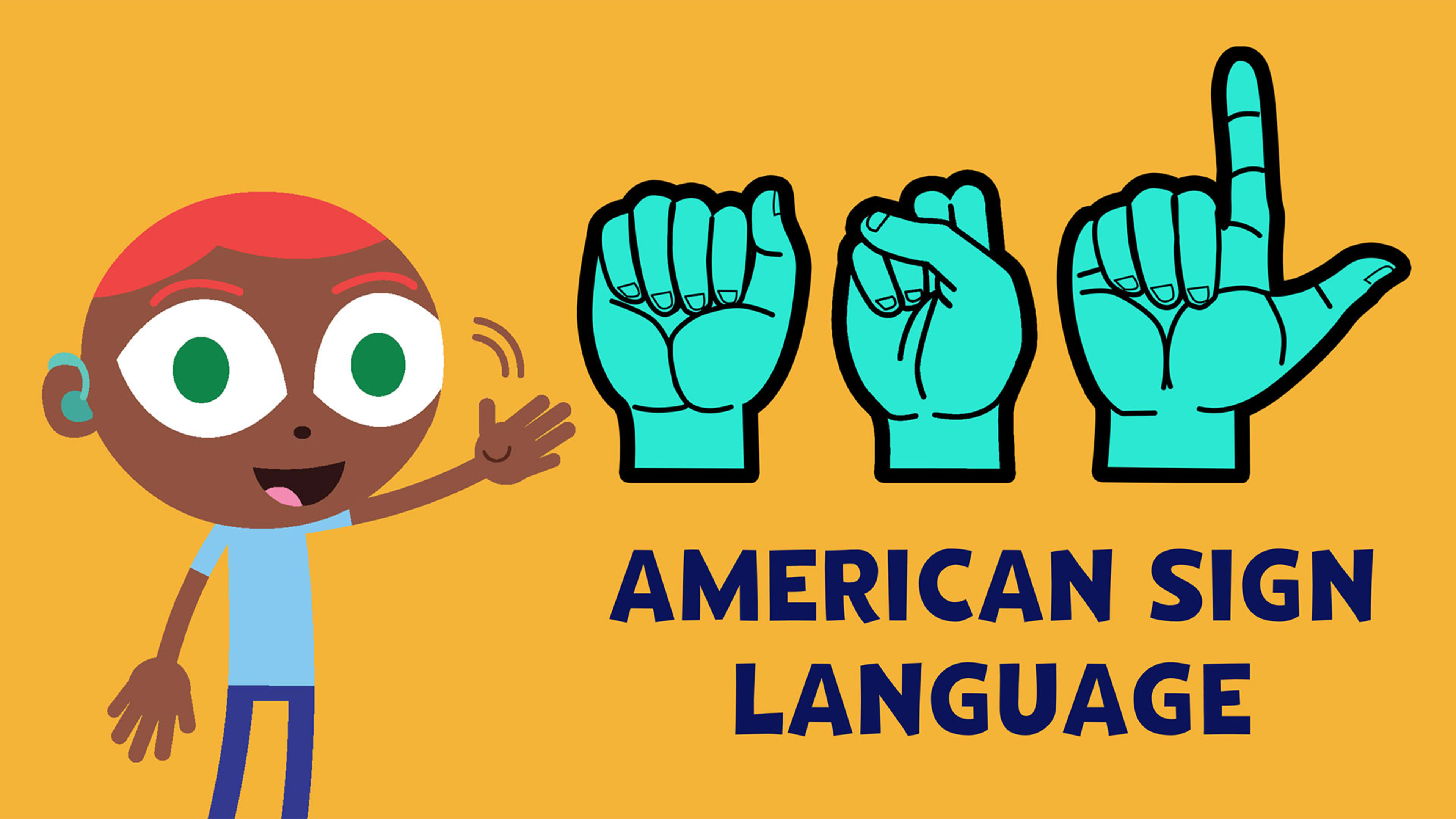Soon, kids who are deaf or hard of hearing will have a new way to watch some of their favorite shows. Beginning Thursday, April 18, PBS Kids will make American Sign Language (ASL) interpretation available for several series across its free digital streaming platforms for the first time.
The six series that will offer ASL integrations are Arthur, Alma’s Way, Daniel Tiger’s Neighborhood, Donkey Hodie, Work It Out Wombats!, and Pinkalicious & Peterrific, which will each feature 10 episodes.
PBS Kids, the children’s brand programming of the Public Broadcasting Service (PBS) whose target audience is kids between the ages of 2 and 8, worked closely with GBH Kids, Fred Rogers Productions, along with Bridge Multimedia and the Described and Captioned Media Program (DCMP), to make this happen.
The new content builds on the brand’s accessibility offerings. PBS Kids already offers closed captioning on its broadcasts and digital platforms in Spanish and English languages, as well as games that feature a way for neurodiverse kids to turn down the background noise so it’s less distracting. The brand has also experimented with color contrast to make sure kids who are visually impaired are able to view everything on screen.
Sara DeWitt, senior vice president and general manager for PBS Kids, says that the brand is always looking for new ways to better serve communities. According to the National Institute on Deafness and Other Communication Disorders, about 2 to 3 out of every 1,000 children in the United States are born with a detectable level of hearing loss in one or both ears, while the Commission on the Deaf and Hard of Hearing found that ASL is the third-most commonly used language in the United States following English and Spanish.
“We were really thinking about [ASL] for early-childhood audiences, especially since [young kids] watch TV a little bit differently,” DeWitt says. “We were trying to think about what the most effective way to integrate this type of interpretation for a preschooler who can’t use the captions because they can’t read, and are trying to engage with these characters in the same ways other kids would.”
PBS Kids began researching how to implement ASL into their programming in 2021. Jen Rodriguez, director of research & inclusive design for PBS Kids, says the brand partnered with Bridge Multimedia, which works with organizations to help make media more accessible, and the Described and Captioned Media Program, a nonprofit that promotes and provides equal access to communication and learning for students with disabilities. The two organizations helped connect PBS Kids directly to the deaf and hard-of-hearing communities and helped PBS Kids conduct two studies where an ASL interpreter was available.
In the studies, they made sure to include not only children who were deaf and hard-of-hearing, but also children who wore hearing aids or had cochlear implants, as well as deaf parents of hearing children.
The first phase of research looked at the implementation of an ASL button on the PBS Kids video player so it’s easy to find, as well as the ideal placement, opacity, and size of the ASL interpreter on the screen.
“These early studies were giving us a lot of information about what the community wanted,” says Rodriguez. “What you’ll see in the end result is that we decided to break free of the interpreter box. We heard very clearly in our feedback from these families that they didn’t want to be relegated to the corner.”
In the series, like Alma’s Way, for instance, audiences will see that the ASL interpreters are immersed and embedded inside the character’s world. Each series features a different interpreter.
PBS Kids also wanted to cast interpreters who ethnically and racially reflected the diversity of the deaf and hard-of-hearing community.
DeWitt said with the launch, they’re taking several different approaches, which will serve as continued research for PBS Kids and Bridge Multimedia, as well as the Described and Captioned Media Program.
“The hope is that we continue to learn from this and learn how to expand,” says DeWitt. “We’re starting with these 60 [episodes], which is a pretty big chunk and an exciting amount of content to come out with. It’s not just three or four episodes, this is a full library. Then we’ll be able to see how kids can engage with the different approaches within the different shows, and to make sure it’s really resonating. Our hope would be that we can continue to work with these organizations and expand beyond this.”
Recognize your brand’s excellence by applying to this year’s Brands That Matter Awards before the early-rate deadline, May 3.
